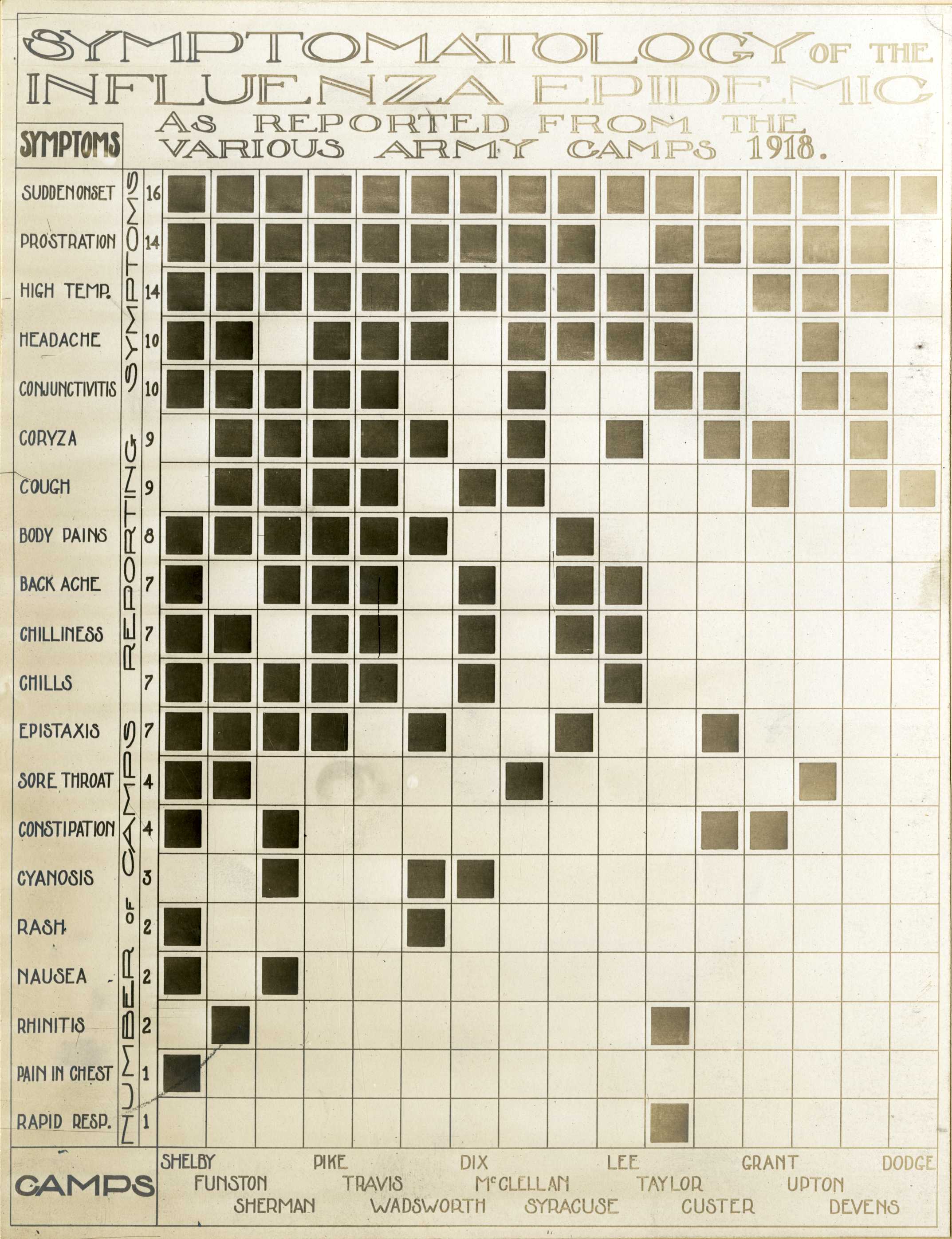
How reliably can algorithms identify eosinophilic asthma phenotypes using non‐invasive biomarkers?
Sign Up to like & getrecommendations! Published in 2022 at "Clinical and Translational Allergy"
DOI: 10.1002/clt2.12182
Abstract: Abstract Background and Aims Asthma is a heterogeneous respiratory disease that encompasses different inflammatory and functional endophenotypes. Many non‐invasive biomarkers has been investigated to its pathobiology. Heany et al proposed a clinical algorithm that classifies… read more here.
Keywords: asthmatic patients; non invasive; reliably algorithms; invasive biomarkers ... See more keywords

Validation of claims‐based algorithms to identify patients with psoriasis
Sign Up to like & getrecommendations! Published in 2021 at "Pharmacoepidemiology and Drug Safety"
DOI: 10.1002/pds.5229
Abstract: Accurately identifying patients with psoriasis (PsO) is crucial for generating real‐world evidence on PsO disease course and treatment utilization. read more here.
Keywords: claims based; patients psoriasis; algorithms identify; based algorithms ... See more keywords

Performance characteristics of code‐based algorithms to identify urinary tract infections in large United States administrative claims databases
Sign Up to like & getrecommendations! Published in 2022 at "Pharmacoepidemiology and Drug Safety"
DOI: 10.1002/pds.5492
Abstract: In real‐world evidence research, reliability of coding in healthcare databases dictates the accuracy of code‐based algorithms in identifying conditions such as urinary tract infection (UTI). This study evaluates the performance characteristics of code‐based algorithms to… read more here.
Keywords: urinary tract; characteristics code; code based; algorithms identify ... See more keywords

Development and performance characteristics of novel code‐based algorithms to identify invasive Escherichia coli disease
Sign Up to like & getrecommendations! Published in 2022 at "Pharmacoepidemiology and Drug Safety"
DOI: 10.1002/pds.5505
Abstract: Evaluation of novel code‐based algorithms to identify invasive Escherichia coli disease (IED) among patients in healthcare databases. read more here.
Keywords: novel code; invasive escherichia; code based; algorithms identify ... See more keywords

Validation of claims‐based algorithms to identify non‐live birth outcomes
Sign Up to like & getrecommendations! Published in 2022 at "Pharmacoepidemiology and Drug Safety"
DOI: 10.1002/pds.5574
Abstract: Perinatal epidemiology studies using healthcare utilization databases are often restricted to live births, largely due to the lack of established algorithms to identify non‐live births. The study objective was to develop and validate claims‐based algorithms… read more here.
Keywords: live births; algorithms identify; claims based; based algorithms ... See more keywords

[Study of algorithms to identify schizophrenia in the SNIIRAM database conducted by the REDSIAM network].
Sign Up to like & getrecommendations! Published in 2017 at "Revue d'epidemiologie et de sante publique"
DOI: 10.1016/j.respe.2017.03.133
Abstract: BACKGROUND The aim of the REDSIAM network is to foster communication between users of French medico-administrative databases and to validate and promote analysis methods suitable for the data. Within this network, the working group "Mental… read more here.
Keywords: sniiram database; schizophrenia sniiram; redsiam network; network ... See more keywords

Development and Validation of Algorithms to Identify COVID-19 Patients Using a US Electronic Health Records Database: A Retrospective Cohort Study
Sign Up to like & getrecommendations! Published in 2022 at "Clinical Epidemiology"
DOI: 10.2147/clep.s355086
Abstract: Introduction In order to identify and evaluate candidate algorithms to detect COVID-19 cases in an electronic health record (EHR) database, this study examined and compared the utilization of acute respiratory disease codes from February to… read more here.
Keywords: sensitivity; candidate algorithms; covid; electronic health ... See more keywords

Developing nonlinear k-nearest neighbors classification algorithms to identify patients at high risk of increased length of hospital stay following spine surgery
Sign Up to like & getrecommendations! Published in 2023 at "Neurosurgical Focus"
DOI: 10.3171/2023.3.focus22651
Abstract: OBJECTIVE Spondylolisthesis is a common operative disease in the United States, but robust predictive models for patient outcomes remain limited. The development of models that accurately predict postoperative outcomes would be useful to help identify… read more here.
Keywords: surgery; nearest neighbors; identify patients; model ... See more keywords